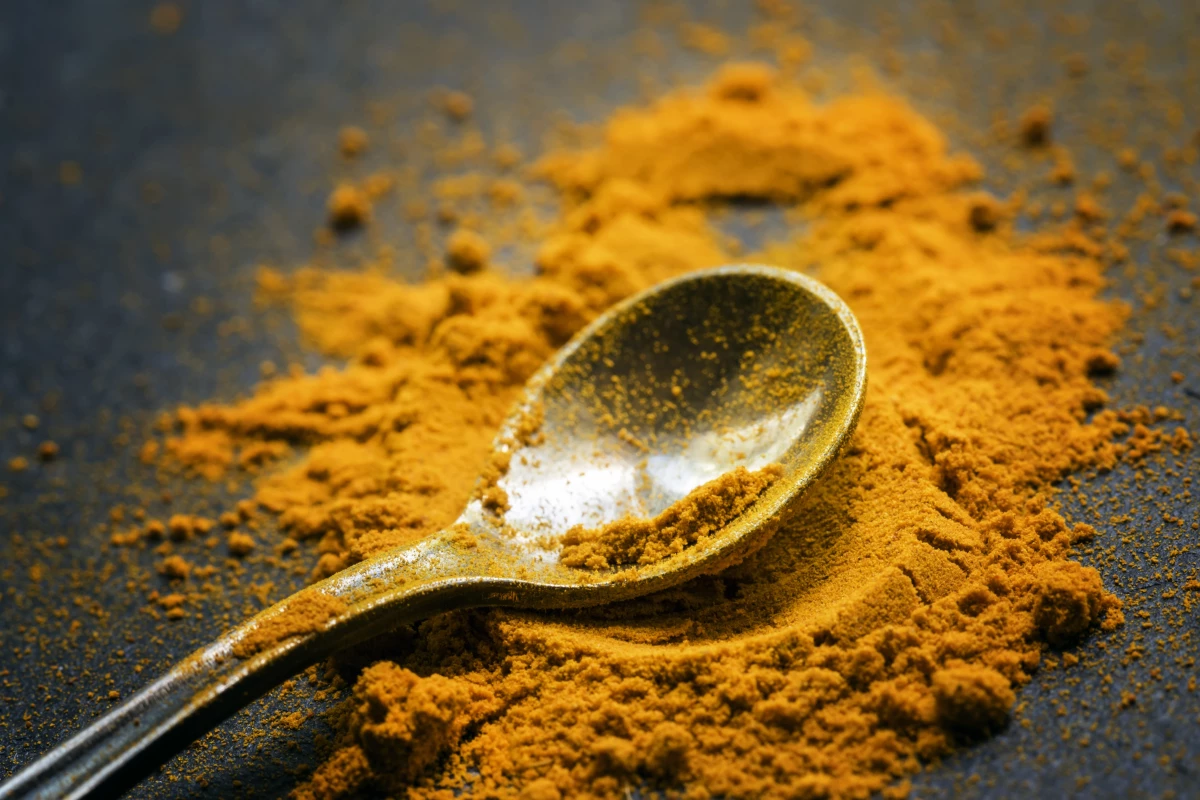Over the past decade or so, investigations have strengthened ties between the consumption of turmeric and exposure to lead, a destructive neurotoxin. In newly published research, a team of Stanford scientists now claim to provide the first direct evidence of such a link in Bangladesh, with the team’s analysis finding lead concentrations in the spice exceeding the national limit by as much as 500 times.
Lead is bad news for anyone that consumes it, but is particularly potent so far as young children and pregnant women are concerned. Once in the body, it can have a destructive impact on the brain and central nervous system, harming cognitive development and leading to cardiovascular problems among a raft of other health risks, including miscarriages and premature birth. For this reason, it has long been banned from food products.
But freeing food from the toxic chemical element entirely isn’t all that straightforward. All the way along the food chain, production can bring a risk of lead contamination. Some regions where spices like turmeric are grown are susceptible to inadvertent lead pollution from gasoline, smelters, battery plants, mines and fertilizers.
Once exported, these spices can drive elevated blood lead levels in foreign children who consume them, according to one University of North Carolina study published last year. Since 2011, more than 15 turmeric distributors in the US have had to recall their products for this reason, leading the Food and Drug Administration to rethink the safety standards for imported spices, which make up more than 90 percent of the spice supply in the US.
While accidental contamination is a very real cause of spoiled spices, deliberate adulterating of turmeric with lead has also long been seen as another possibility. Since 2014, a Stanford team has been stationed in rural Bangladesh exploring the population’s exposure to lead. Its early investigations found that more than 30 percent of pregnant women had elevated levels of lead in their blood.
The team's pair of newly published studies are based on analyses including soil sampling and interviews with farmers and spice makers across different regions of Bangladesh, who together output almost half of the country’s turmeric. The researchers say they have uncovered evidence of some spice processors adding an industrial lead chromate pigment to the spice as a cheap and quick way of giving it that characteristic yellow tinge.
The most rock-solid evidence came by way of isotope analysis, where the scientists were able to match the lead isotopes from chromate-adulterated turmeric to the lead isotopes in people’s blood. This, the scientists say, is the first research to directly link lead in turmeric to lead in people’s blood.
Evidence of this turmeric tampering was uncovered in seven of Bangladesh’s nine turmeric-producing regions, and was found to be largely driven by consumer demand for the yellow coloring. Processors working with poor quality and discolored roots can polish them with lead chromate as a way of increasing profits and meeting demand for use in yellow curries. The researchers say their results indicate the workers doing the polishing are unaware of the pigment's neurotoxic effects.
In some cases, the lead concentrations in the turmeric exceeded the national limit by up to 500 times, and were between two and 10 times higher than that reported in other studies.
“Unlike other metals, there is no safe consumption limit for lead, it’s a neurotoxin in its totality,” says the papers’ senior author Stephen Luby. “We cannot console ourselves proposing that if the contamination were down to such and such level, it would have been safe.”
The team reports no clear evidence of this contaminated turmeric making its way beyond Bangladesh, but do note that the current food safety checks for these traded goods “may catch only a fraction of the adulterated turmeric being traded worldwide.”
From here, the researchers will advocate for measures to lessen this reliance on turmeric adulteration through new and improved processing techniques. They call for import inspectors to be equipped with X-ray devices for lead-detection, and one team member is even working on low-cost devices with the same capabilities.
“People are unknowingly consuming something that could cause major health issues,” says the papers’ lead author Jenna Forsyth, a postdoctoral scholar at the Stanford Woods Institute for the Environment. “We know adulterated turmeric is a source of lead exposure, and we have to do something about it.”
The two papers were published in the journals Environmental Research and Environmental Science & Technology, respectively, while you can hear from the scientists involved in the video below.
Source: Stanford University




